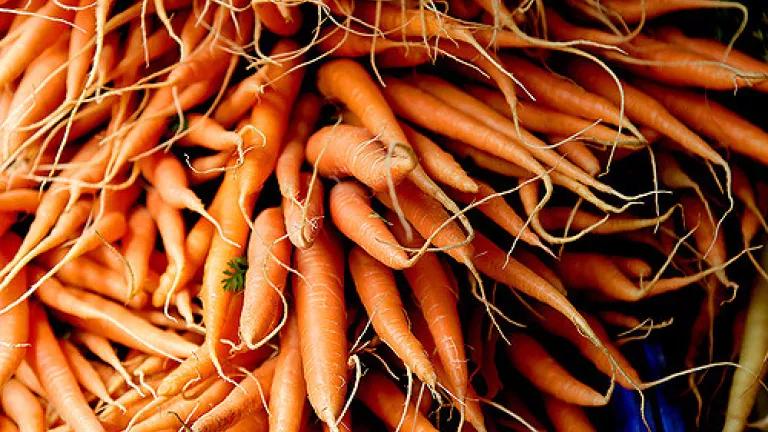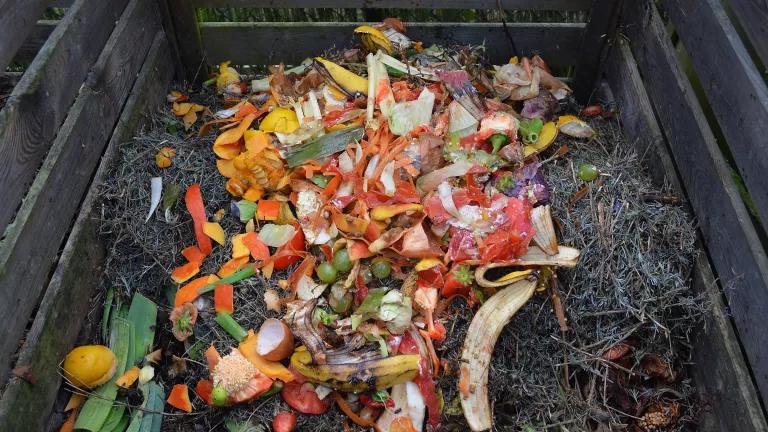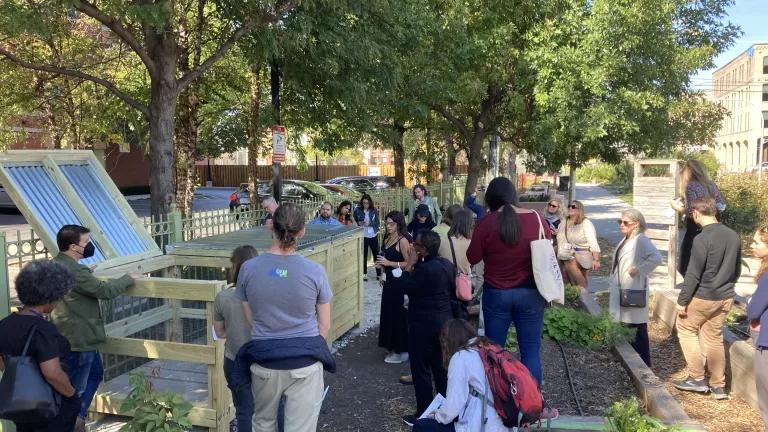17 Surprising Ways You Might Be Wasting Food and Not Know It

Many of us now realize that food waste is a big problem in the U.S. But did you know that a lot of that food is wasted in our homes—probably more than 40 percent in all. It may seem like just a little bit of leftover dinner going in the trash (or chilling away the guilt in the back of the freezer) but when all of us toss a little bit every week, it adds up to a tremendous amount of wasted food. Besides, there are other reasons up and down the food supply chain where food is wasted because of our bad food habits.
Here are 17 ways you might be wasting food and not realize it:
- Impulse treats – When we veer from a plan (or skip a plan all together) we end up with more food than we need or foods that don’t go well together. Meaning they don’t get eaten. Sometimes impulse takeout orders replace planned meals that we already purchased; those original foods no longer have a place in the plan. If you know you’re going to default to pizza on Wednesday night, build room in the plan for those ad hoc treats.
- Peeling vegs – In this day and age, carrots are immaculately scrubbed clean of the tiniest hint of debris before they get anywhere near your shopping basket, so why are we still removing their peels? Give them a good wash and just eat the peels like any other part of the veg. The same goes for potatoes, apples, you name it. If you must peel your veggies, don't just toss those peels, use them for something else, like potato peel chips, veggie stock or apple peel tea
- Milk carton is too big – I see you staring at the price tags in the dairy aisle, trying to figure out which carton is the best deal. You may think that you’re saving money by buying the gallon container of milk, but if the kids (or you and roomie) don’t finish 3/4ths of it, you probably would have saved more money with the smaller container. Don’t be fooled by the “it just costs a little bit more for a much bigger quantity” scheme and don’t waste your money on food you’re not going to eat.
- Only perfect produce – Doesn’t that shiny, large, perfectly red apple look beautiful? Growing food is a temperamental business and not all of the fruits and vegetables come out perfect. When we leave misshapen or scarred fruit in the bottom of the grocery bin, supermarkets change their contracts so that they have fewer of those odd-ball products left unsold. Crooked carrots taste just as sweet!




